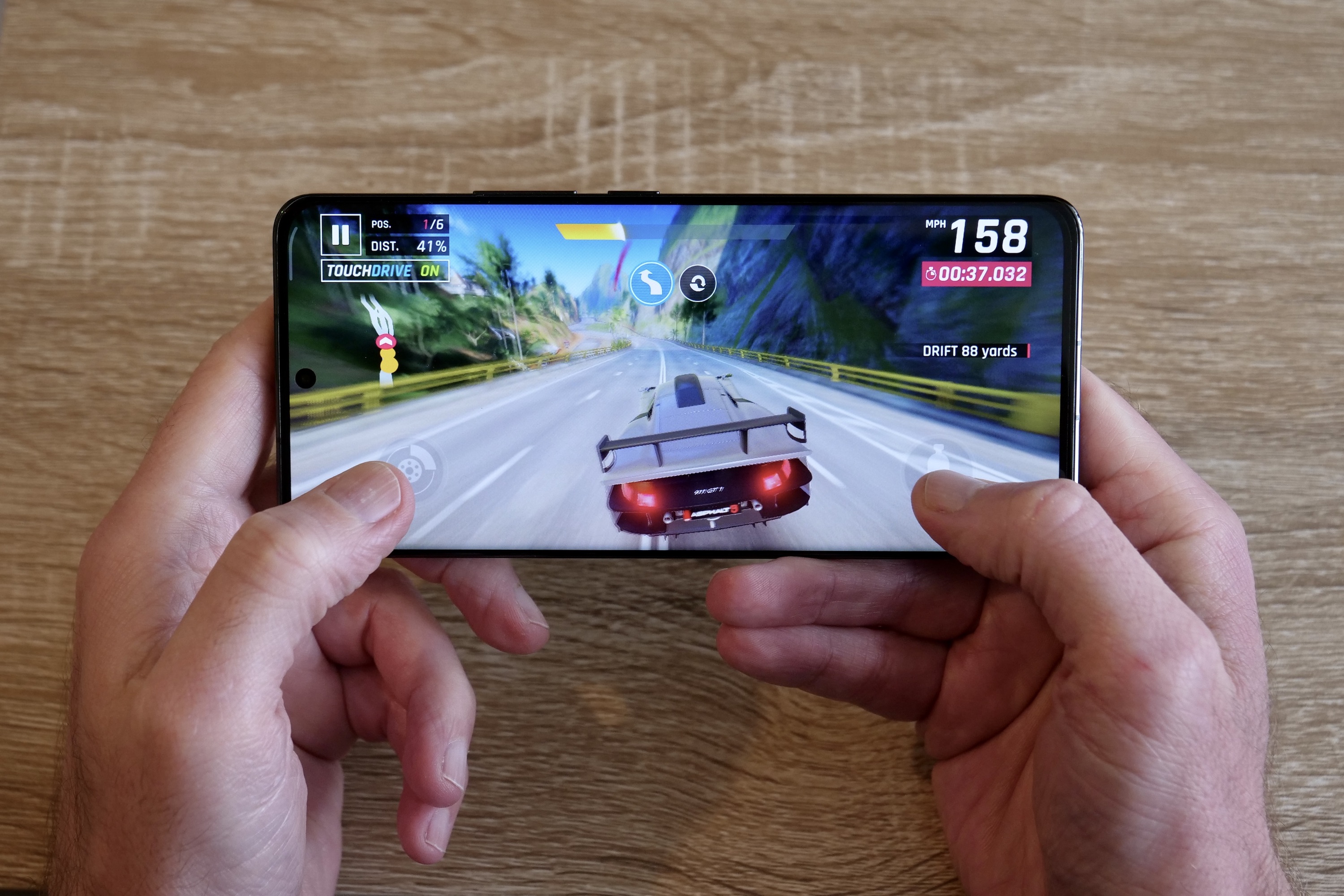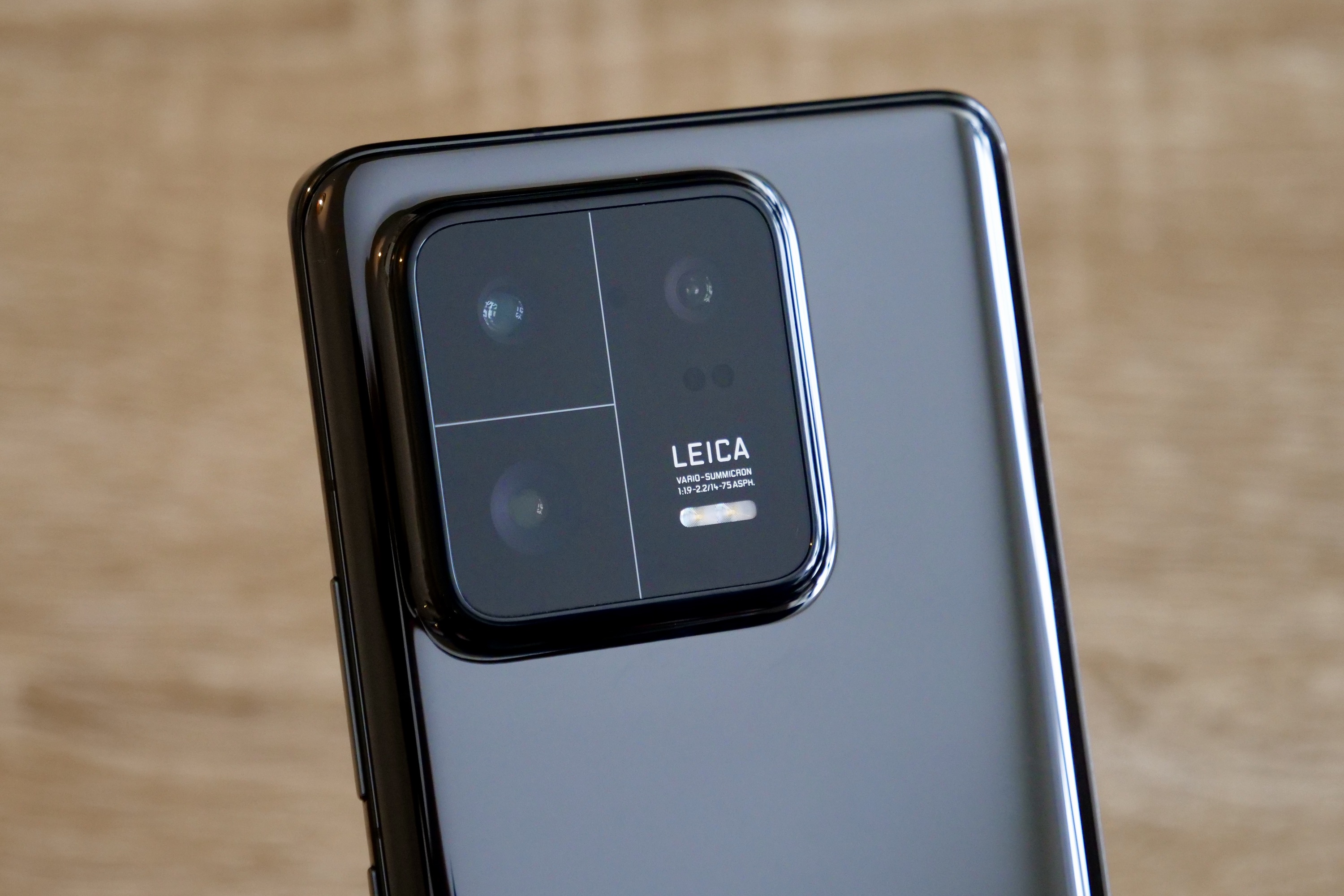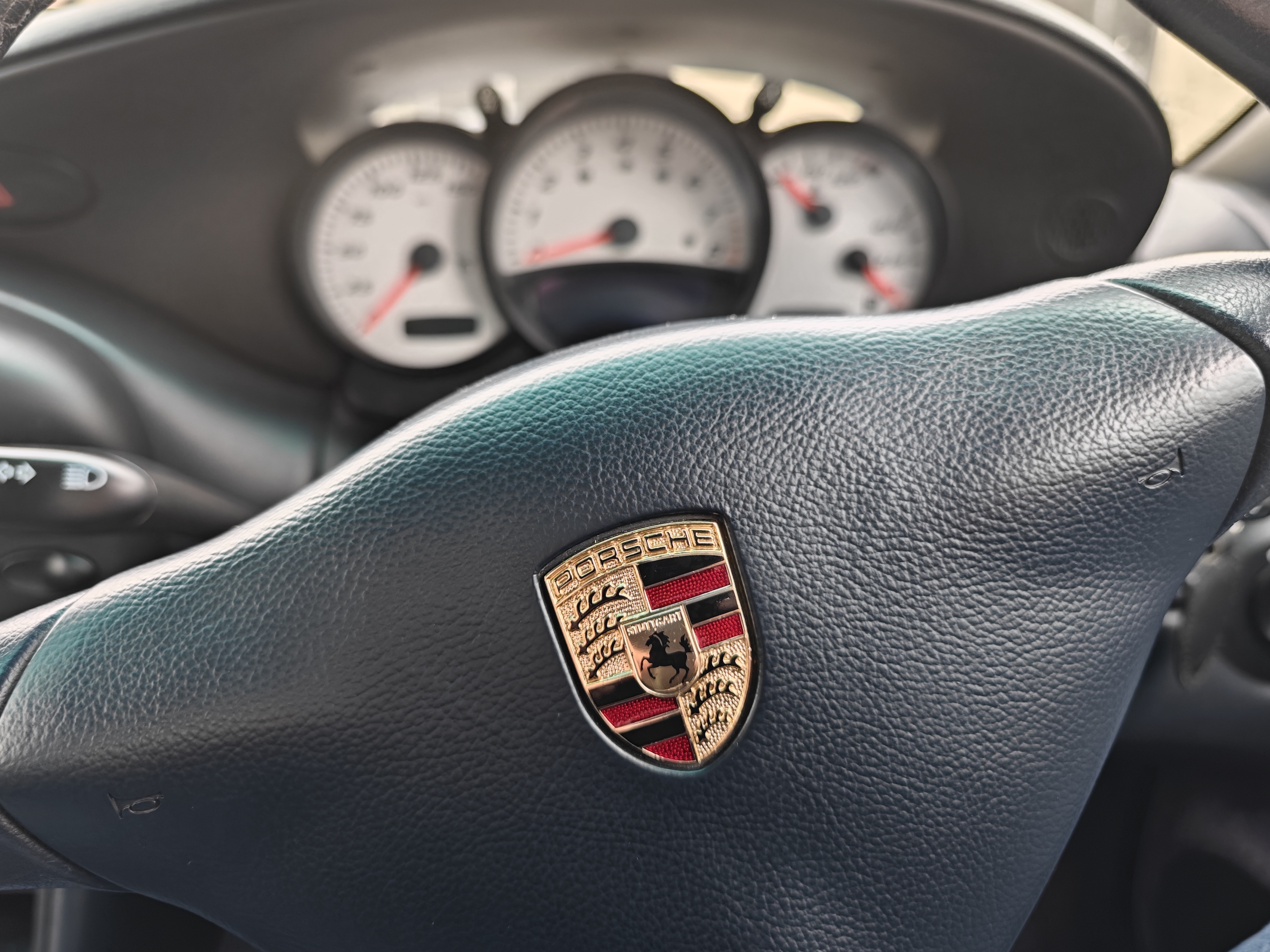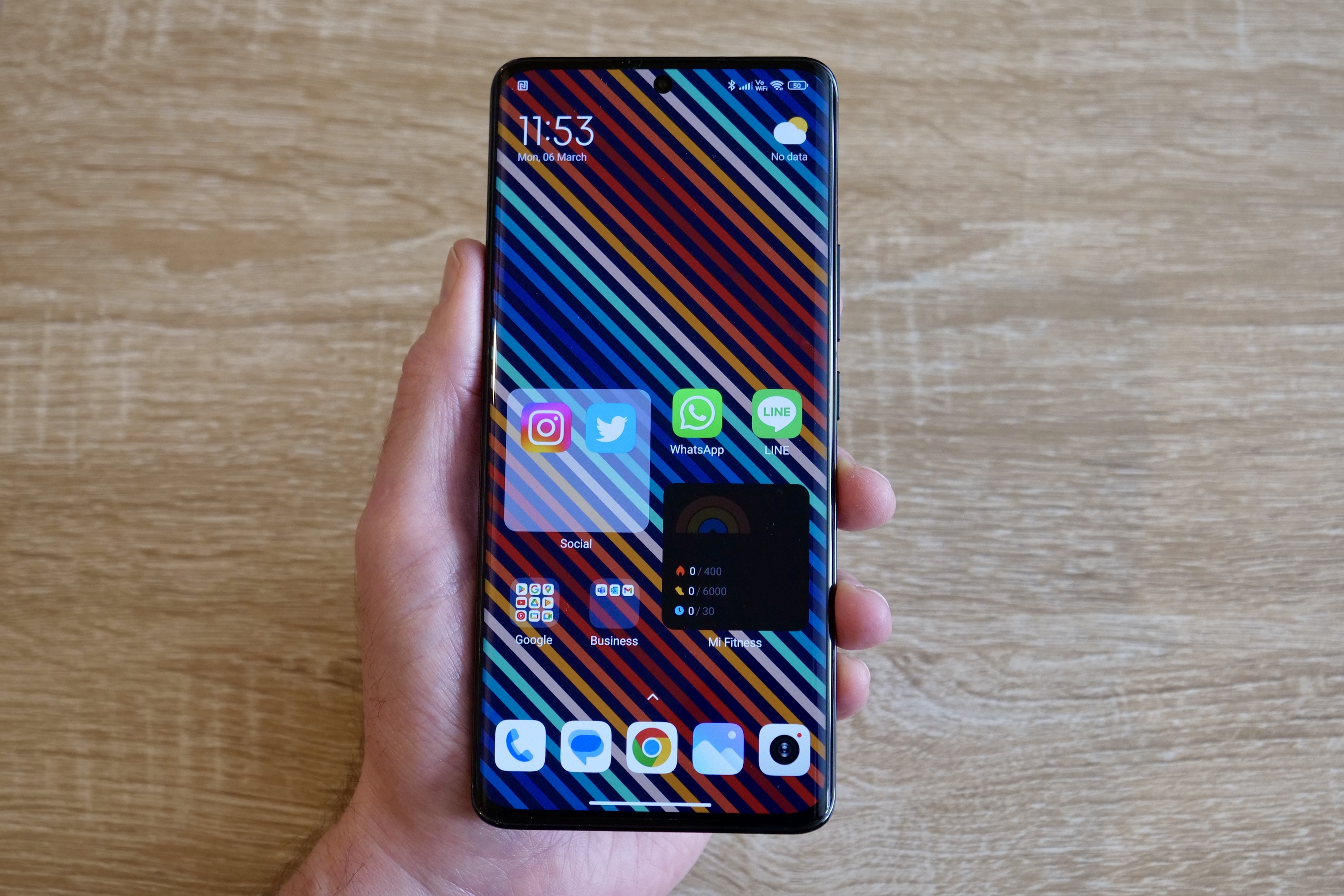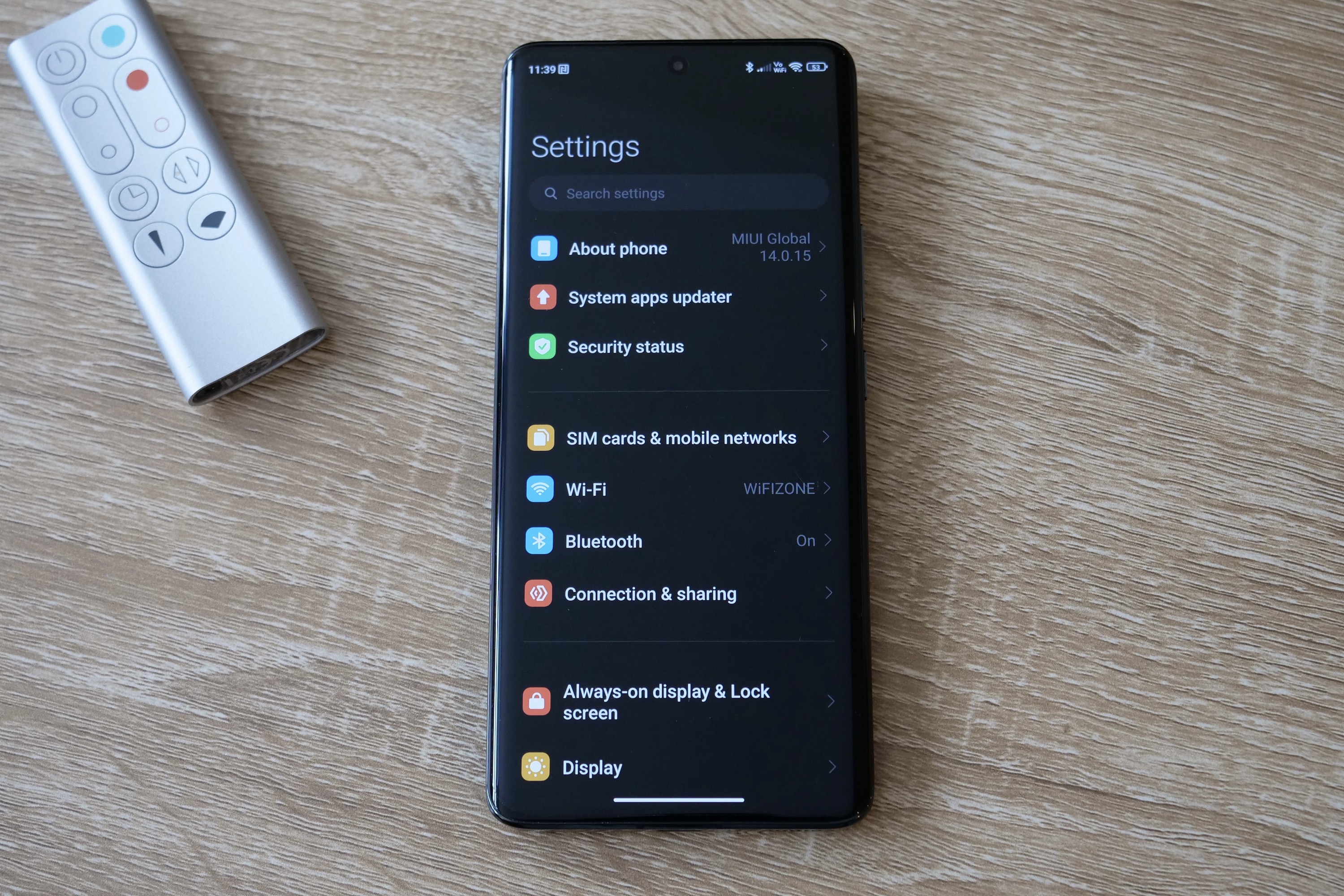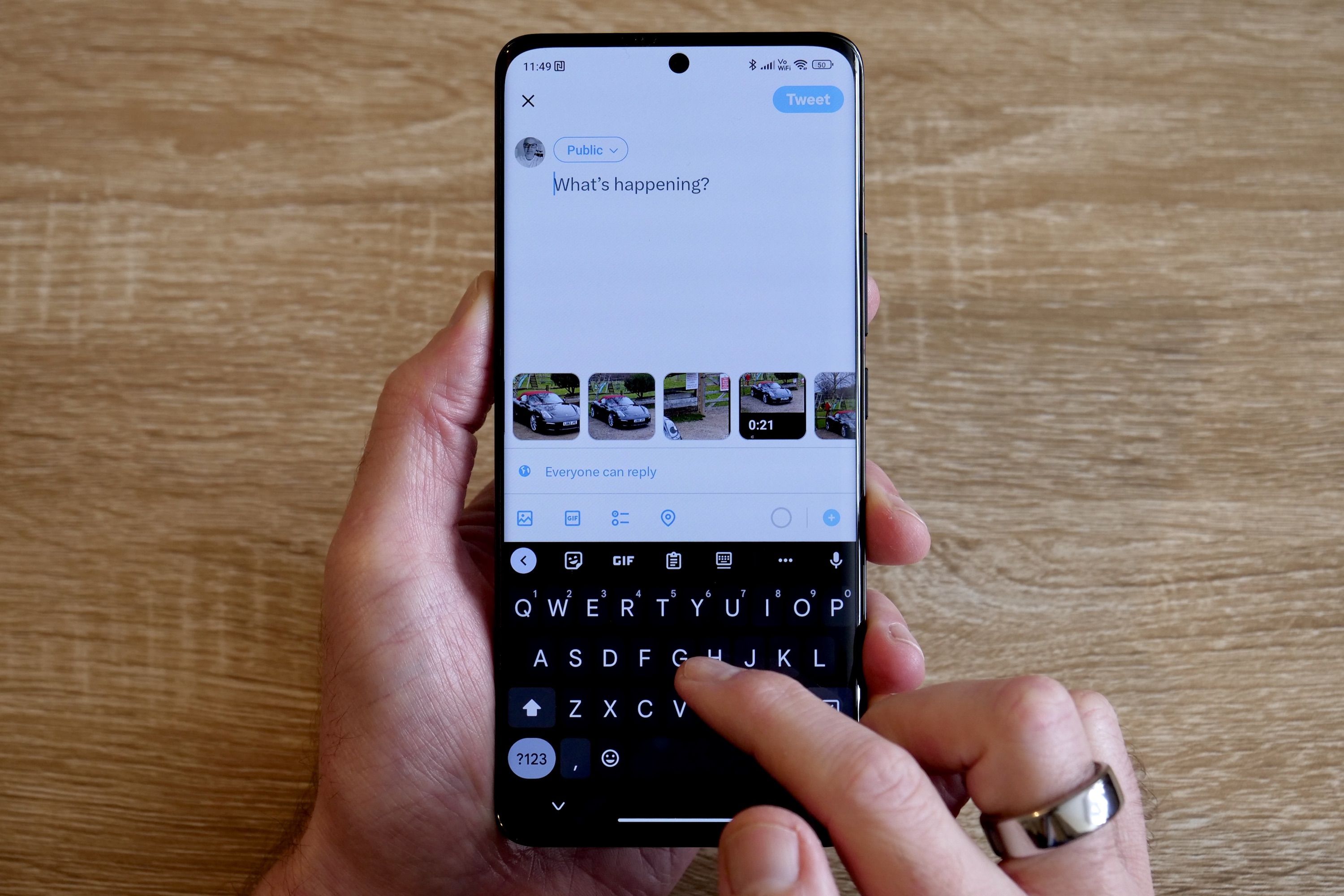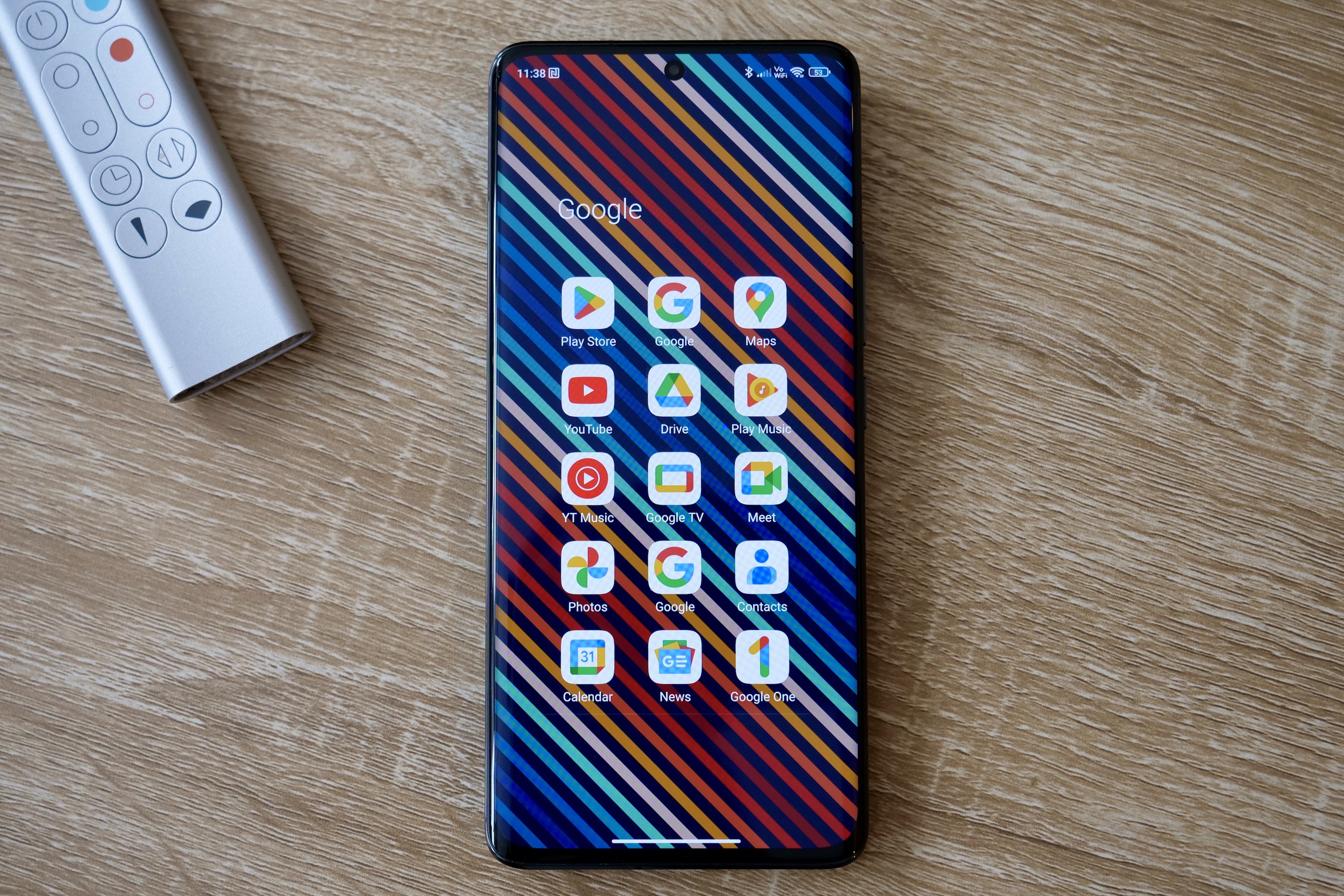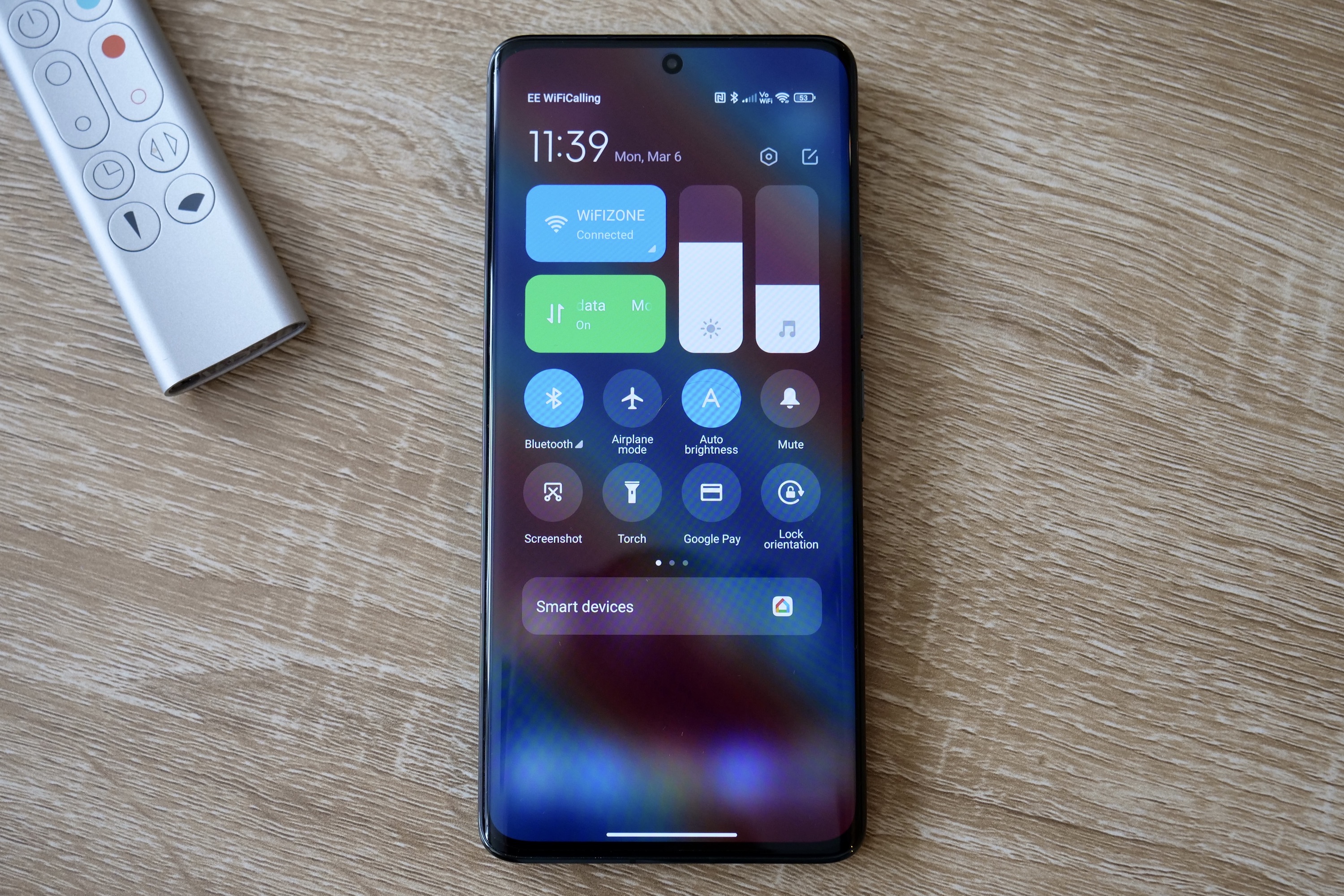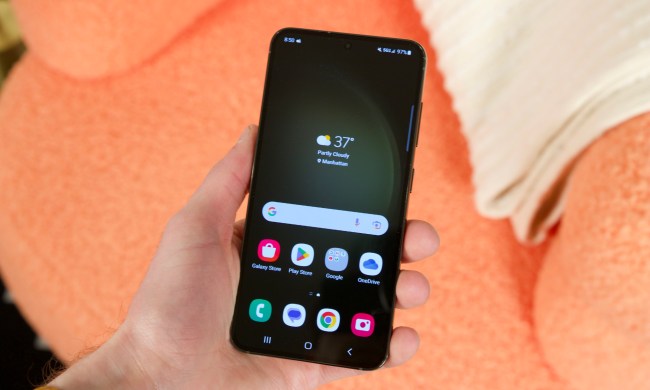“The Xiaomi 13 Pro's Leica-tuned camera is an absolute winner, and the phone has the performance and battery life to match, with the only negative aspect being the busy and complicated software.”
- Winning Leica camera
- Two-day battery life
- 20-minute battery charging
- Latest Snapdragon 8 Gen 2 chip
- Busy, complicated software
The Xiaomi 13 Pro is here to take on the best from Samsung, OnePlus, and Oppo, and it’s doing so with the help of Leica. The relatively new partnership promises to spice up the camera, but with this upgrade, as well as the inclusion of all of the latest tech, the price of the phone has risen to what we expect to pay for the top Galaxy phones.
After a few weeks of using the Xiaomi 13 Pro, I’m pleased to say it really is a strong competitor, and although not perfect, it has held my attention to the point where if I didn’t have to swap out my SIM card, I probably wouldn’t. Here’s what it’s like in a lot more detail.
Xiaomi 13 Pro: design

Xiaomi is going down a similar route as Samsung, preferring an all-business, sensible design rather than adopting a more eye-catching, style-driven approach favored by OnePlus and Oppo. That’s not to say the Xiaomi 13 Pro isn’t unique. The camera module may not wrap around the side of the chassis, but the bold, square shape ensures the phone doesn’t look like any other. I don’t think it’s pretty, but I certainly notice it.
The phone is big and heavy, showing Xiaomi is targeting potential Galaxy S23 Plus buyers, along with potential Galaxy S23 Ultra buyers who won’t find benefit in the S Pen stylus, but still want a huge screen and masses of power. The Xiaomi 13 Pro is 8.4mm thick and 229 grams heavy, so you know it’s in your pocket. For reference, the Galaxy S23 Ultra weighs 234 grams.
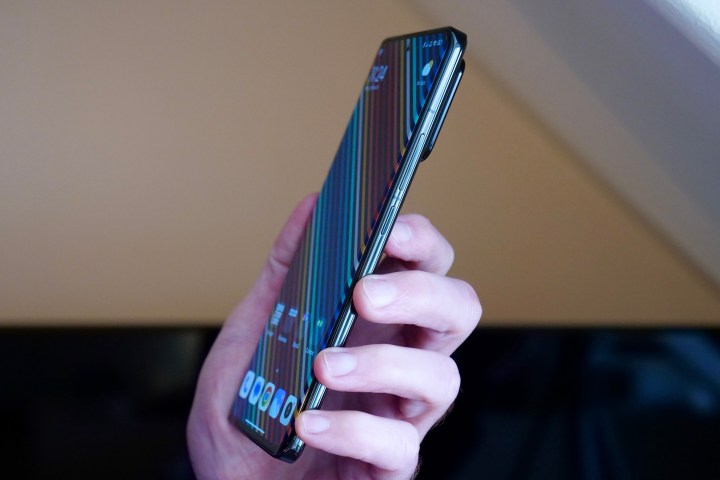
The curved sides provide grip, but not a lot of in-hand comfort. Luckily, Xiaomi includes a custom transparent case in the box, and I’ve used it most of the time.
I’ve really enjoyed the Xiaomi 13 Pro’s relative simplicity of design, and its honesty too. There’s nothing very challenging about its shape, the curved Gorilla Glass Victus-covered screen is pleasurable to swipe, and although it’s a great, big heavy thing, it’s well-balanced so it doesn’t feel ungainly. It means the phone has neatly and quickly integrated itself into my life.
While the Galaxy S23 Ultra takes a little getting used to, the Xiaomi 13 Pro is less challenging, and you won’t need to think so hard about the ownership experience before buying it.
It’s durable, too, with an IP68 water- and dust-resistance rating. The bioceramic body feels smooth and warm to the touch, adding class and luxury to the phone, but it is likely to break if it’s dropped onto a hard surface. That’s another reason to use the included case.
It all adds up to a phone that matches the larger Samsung Galaxy S23 series phones and surpasses the OnePlus 11, which lacks comprehensive water and dust resistance. However, the OnePlus 11 looks far more stylish, and as we’ll see later on, it’s a lot cheaper too.
Xiaomi 13 Pro: camera
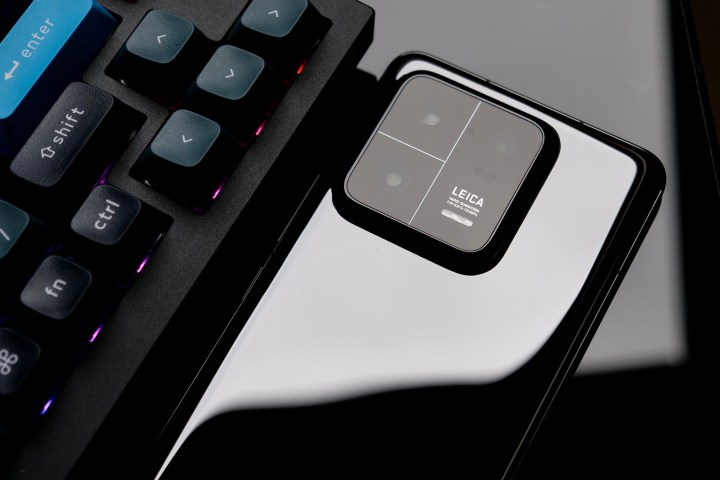
The Xiaomi 13 Pro’s camera is excellent, and a real reason to consider buying this phone. It shows Leica’s successful partnership with Huawei wasn’t a fluke and shines a harsh light on OnePlus and Oppo’s similar pairing with Hasselblad, which has failed to produce such excellent results even after multiple attempts.
It’s dominated by a 1-inch, 50-megapixel Sony IMX989 camera, which works alongside 50MP wide-angle and a 50MP telephoto cameras. Leica supplies its Vario-Summicron lens for the main camera and optimizes the lenses on the other two cameras. There’s also a pair of special Leica “photographic styles” named Leica Automatic or Leica Vibrant, as well as some filters (including two for black-and-white images), and it has tuned the portrait mode too. The main and telephoto cameras have optical image stabilization, the telephoto camera provides a 3.2x optical zoom, and there’s up to 8K video recording.
The Xiaomi 13 Pro takes photos the way I like — reliably and competently — and it has filters and tools that work well and enhance the experience, plus enough versatility that the camera is fun to use. The telephoto zoom goes to 3.2x zoom, which on its own doesn’t sound like much, but the massive sensor means it adds a wonderful, natural depth of field to its photos, giving you the chance to experiment and enjoy using it. It can’t match the S23 Ultra’s 10x optical zoom, though.
The camera’s tone can give even mundane photos character, and the balance of color, contrast, and exposure is spot-on. There are two Leica camera modes, Vibrant and Authentic, to switch between. I’ve mostly used Vibrant, and although it can oversaturate sometimes, the extensive editing suite gives you plenty of opportunity to tune the photo to your liking. If it’s always too much for you, then switching to Automatic keeps the color saturation in check.
Leica is well-known for its black-and-white photographs, and there’s a choice of two different Leica-tuned black-and-white filters in the camera app. They add a characterful tone that appears less “digital” than a regular filter, and more emotional instead. It’s not quite as wonderful as a dedicated monochrome sensor with some Leica magic inside, but it’s the next best thing.
I also like the way you can quickly disable the macro mode when it automatically kicks in, giving you the chance to see how the scene looks using the main camera. This is performed using a button on the viewfinder screen, rather than a global option in the Settings menu. I’ve found the massive sensor adds such a strong depth of field that it’s preferable to the macro mode in some situations. It’s yet another sensible feature in the camera app that gives you a lot of control over your photos.
- 1. 3.2x zoom
- 2. 3.2x zoom
- 3. 3.2x zoom
Dig into the editing suite, and there’s more to enjoy. Like Magic Eraser on a Google Pixel phone, there’s an AI-powered object- and people-removal tool — and it’s very effective. All the Leica filters can be applied to photos after they’ve been taken, so you can experiment with different looks. I found this interesting because it gave me a hint as to what mode I’d like to use as the standard for taking photos.
It’s all very well-thought-out, the Leica features are interesting and do change the look of your photos, and the overall quality of the camera is almost certainly enhanced by the Leica lenses.
https://twitter.com/AndyBoxall/status/1632662215600881666
I loved what Leica did with Huawei, and I genuinely credit that partnership with igniting my love of mobile photography in general. It’s exciting, and heartening, to discover that in its new partnership with Xiaomi, none of that creative magic has been lost.
The Xiaomi 13 Pro has the best camera I’ve ever used on a Xiaomi phone, and is one of the best overall I’ve used in the last year.
Xiaomi 13 Pro: screen, performance, and software
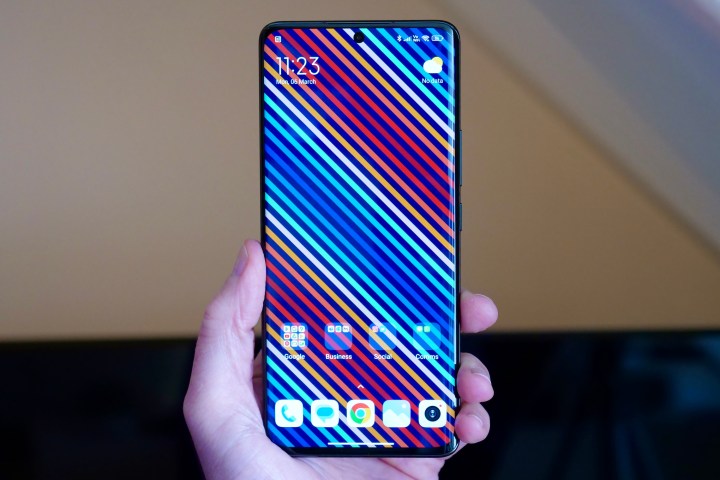
The camera is undoubtedly the main reason to choose the Xiaomi 13 Pro over any other current flagship. And although the camera specs shine the brightest, they’re shared with many other phones. The Qualcomm Snapdragon 8 Gen 2 processor powers the Xiaomi 13 Pro and comes with 12GB of RAM, plus 256GB of internal storage space. The screen is a big 6.73-inch AMOLED panel with a dynamic 120Hz refresh rate, a 3200 x 1440 pixel resolution, and a maximum brightness of 1,900 nits. It looks superb.
The software is a little hit-and-miss. It’s Android 13 with Xiaomi’s MIUI 14 interface, and it has a selection of alterations over MIUI 13, ranging from the ability to use huge Super Icons on the home screen to new animations, designs, and widgets. MIUI is a busy, complex piece of software with tons of customization, many system notifications, and questionable features to find. It works in basically the same way as other Android interfaces, with a few annoying changes — such as the notification shade being split into two, where swiping down on the left shows notifications, and on the right are the Quick Settings.
It’s not relaxing to use, unlike Android on a Pixel phone. It’s closer to OxygenOS on the OnePlus 11, with the same amount of interruptions until you silence the annoyances, lots of bright colors, and some poor design choices. It’s not awful, and like OxygenOS 13, I’ve become used to it over the past few weeks. However, I would much rather use Samsung’s One UI or Android on a Pixel phone, as both are more logical, less intrusive, and better designed.
MIUI’s uniqueness, along with the ability to tinker with the look and features, will appeal to some; for others, it can feel complicated, force you to learn different things seemingly just for the sake of it, and is often needlessly busy. This doesn’t take away from the phone’s sheer power, though, and it has shrugged off games, multitasking, GPS, video calls, and everything else I do on a weekly basis without even getting a little warm.
Xiaomi 13 Pro: battery and charging

Although the 4,820mAh battery inside the Xiaomi 13 Pro doesn’t reach the 5,000mAh capacity seen in most other top phones at the moment, it has proven to be long-lasting and robust. This is helped in part by the Snapdragon 8 Gen 2’s efficiency. During a morning with two hours of screen time, including 30 minutes of Google Maps navigation, the battery fell from 100% to 80%, and 30 minutes of playing Asphalt 9: Legends took about 12% battery power.
Even with screen time reaching four hours, the battery hasn’t fallen below 50% after a day’s use, making the Xiaomi 13 Pro’s battery capable of lasting two full days (provided it’s turned off overnight). Add in gaming, and it won’t quite make it that long, but unless you’re playing for several hours, it’ll still make it through a full, single day. The battery life is excellent, and you shouldn’t be put off by the sub-5,000mAh capacity.
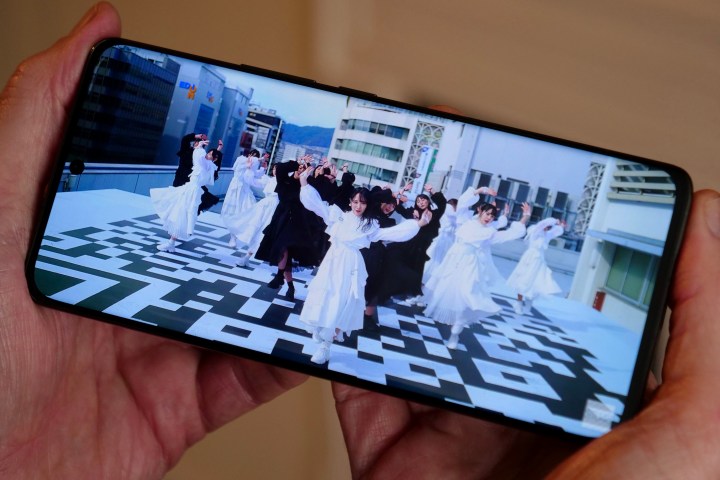
When it comes time to charge, there are multiple options. The fastest is to use the included 120-watt HyperCharge fast charger, which Xiaomi claims takes 19 minutes to fully recharge the battery. My tests have shown this is a little optimistic, with the battery usually taking a few minutes longer, but not more than 25 minutes. It’s still exceptionally fast. The phone also has 50W wireless charging and a 10W reverse-charging system, which happily added charge to my Samsung Galaxy Buds Live and the new Xiaomi Watch S1 Pro. The feature has to be turned on in the Settings menu before it works.
Only the OnePlus 11 charges faster than the Xiaomi 13 Pro at the moment, and it easily beats the Galaxy S23 Plus and S23 Ultra, along with the Pixel 7 Pro and the iPhone 14 Pro too. Fast wired charging can really change the way you live with a smartphone and is a huge benefit if you use the phone hard on a regular basis. Add in powerful wireless charging, and the Xiaomi 13 Pro has a comprehensive charging feature list to suit most people.
Xiaomi 13 Pro: price and availability
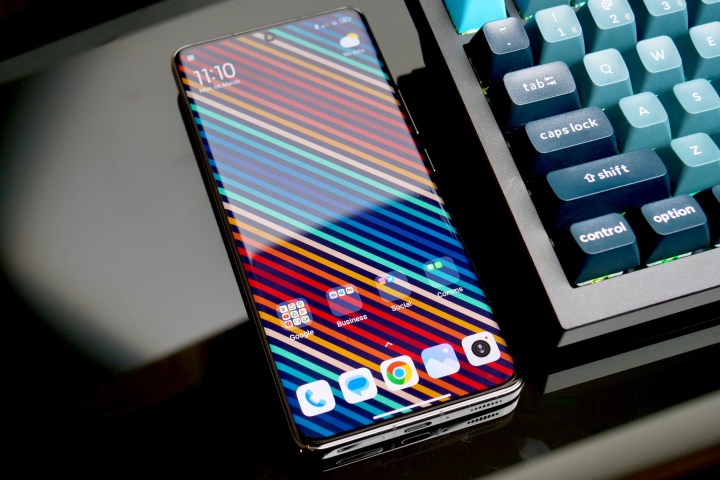
Xiaomi does not sell its smartphones in the U.S. In the U.K., the 256GB Xiaomi 13 Pro will be available starting March 14 and cost 1,099 British pounds, which is about $1,315 U.S. It will be available from Xiaomi’s own online store and through Currys and Argos retail stores.
Regardless of how brilliant the camera is and how powerful the phone is, this is an expensive smartphone. It’s only a little less than the Samsung Galaxy S23 Ultra, and a lot more than the OnePlus 11. It’s a serious dilemma, as the S23 Ultra’s camera is a little more versatile, plus the phone has the S Pen for increased usefulness and better software too. The OnePlus 11 has the same processor, is a little more manageable size-wise, and while it has a decent camera, it can’t quite match the Xiaomi 13 Pro.
The Xiaomi 13 Pro competes with the best phones available.
The Xiaomi 13 Pro sits in the middle of these two excellent choices, and longevity should be considered before making any decision. The three years of major Android software updates and five years of security updates fall behind Samsung and OnePlus’ longer commitment, and when you’re paying this much, having the phone last as long as possible is important.
The Xiaomi 13 Pro is expensive, but worth the money
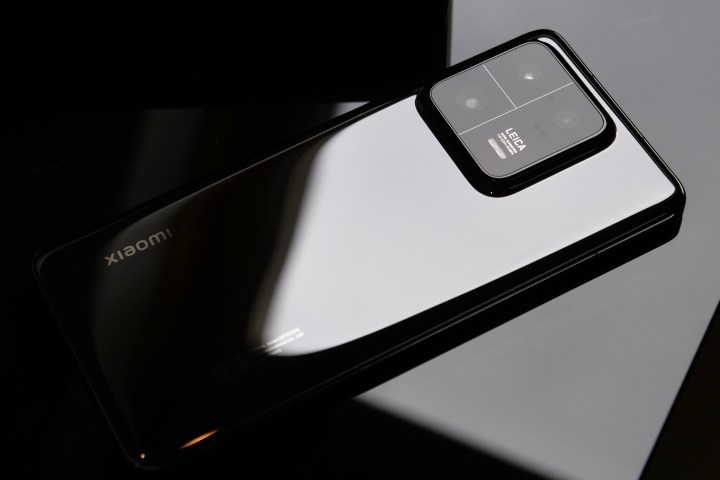
The Xiaomi 13 Pro is an expensive phone, but it’s really one of the first from the brand that I can wholeheartedly recommend to buy, with only a few small advisories. The camera is the standout feature. It’s really superb, and even a few weeks into using it, I still want to experiment with it more. I consider that a very good sign. It has a long-lasting battery, the latest processor for plenty of performance, and a big, high-res screen.
It’s the software that’s the question mark for me. It’s a more user-friendly, less frustrating, more fluid and logical experience on the Galaxy S23 Ultra and the Google Pixel 7 Pro, and the update commitment is longer on the Galaxy too. The OnePlus 11 is in-between, providing a similar user experience, but a longer commitment.
In a way, the good thing is whichever you choose from these three, you’ll get a brilliant smartphone that will last for three years at the minimum — and it’s exciting as the Xiaomi 13 Pro competes with the best phones available.


